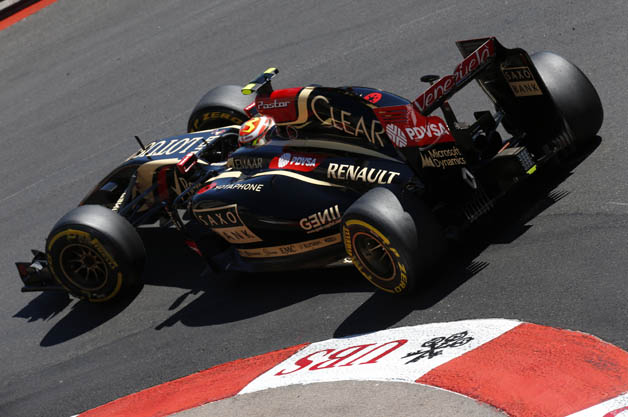
There are few fields in the world where you'll find engineers working as feverishly as they do in Formula One. With races sometimes won and lost by fractions of a second, every little bit counts, so each team retains legions of engineers, all dedicated to finding the tiniest performance edge... without running afoul of the ever-constricting regulations.
This season, one of the most controversial advances has been known as FRIC, and while it's been effectively sidelined for the last few races, reports from the motorsport press indicate that is has now officially been banned by the FIA.
So just what is FRIC? It stands for Front and Rear Inter-Connected suspension. Now, if you're thinking that independent suspensions are the most advanced form available, you're right, but F1 teams have been toying for years with ways to interlink the suspensions at each wheel. Why, you ask? For a number of reasons. For one, it allows for redistribution of suspension dive at the front or rear, which means that under hard braking or acceleration – when the car would either pitch back or forward – the car can be kept more stable. That, in turn, means not only are all four tires loaded evenly and optimally, but the team can also run a more aggressive aero package. It also means that the car can be set up with a softer suspension, allowing the driver to attack the curbs more aggressively, without sacrificing underbody aerodynamics.
Several teams had been running FRIC systems that move hydraulic fluid between the front and rear suspensions, but voluntarily agreed to cease using them for the last two races at Hockenheim and Budapest. Now, the FIA, having apparently deemed FRIC an unfair advantage in contravention of the sporting regulations, has reportedly banned the system altogether. So while those cars may not be running on an even keel any more, at least they'll all be on an even playing field.
No comments:
Post a Comment